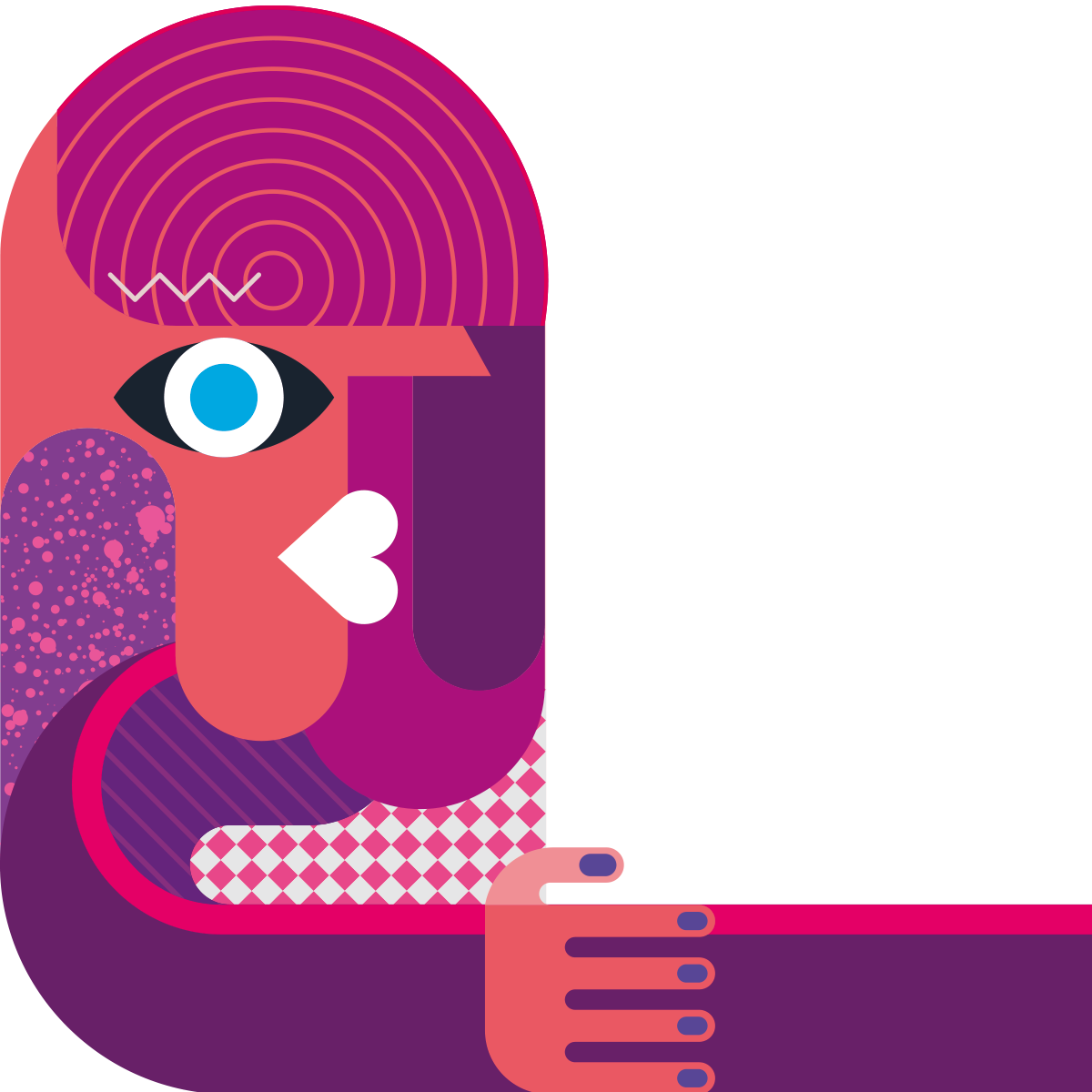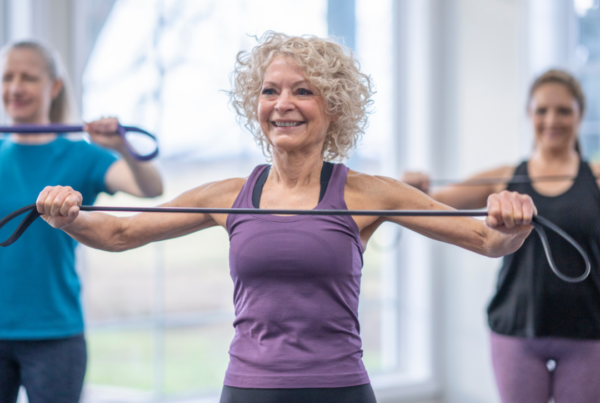Hot flushes and night sweats
These are the symptoms most well known with the menopause and for many women, are the most disruptive..Is this my new…’hot’?
Hot flushes and night sweats, also known as vasomotor symptoms, are almost synonymous with menopause and can be the only menopausal symptom people are familiar with. They affect around 80% of females with one in three females affected severely. Some ethnic groups suffer them more than others. Flushes and sweats can be very disabling with a huge impact on quality of life. It is a myth that they only last a year or two – on average they last 5 years and some women NEVER stop flushing.
Hot flushes are experienced as a growing and intense feeling of heat usually through the chest and face. Others might notice flushed skin, dry skin or sweating commonly in the chest and upper body. Flushes can also be associated with heart palpitations. They can last anywhere from a few seconds through 10 minutes, with 4 minutes being the average, but they can also occur several times within an hour. Having an over-sensitive brain thermostat
means small changes in your body temperature, such as having a hot drink, could potentially cause a readjustment over-shoot – resulting in a hot flush.
Hot flushes can be one of the earliest symptoms of oncoming menopause. While we know oestrogen levels are related, we are unclear if it relates to oestrogen alone or if indeed progesterone is involved as well. There is some research that claims progesterone supplementation alone can help symptomatic hot flushes, but the current conventional treatment is oestrogen hormone therapy.
So what can we do to help reduce or prevent these uncomfortable hot flushes? from occurring during our menopause? With some surveys revealing between a third and half of females considering leaving work simply due to unmanageable menopausal symptoms (mainly flushes and sweats), this deserves our attention.
Key Take Aways
Flushes last for 5 years on average
Oestrogen is the best treatment for flushes
Other resources
Hormonal therapy
– oestrogen is by far the most effective way to reduce and even eliminate flushes and sweats. For some females in perimenopause, progesterone alone may help.
Non-hormonal medication
– some options include antidepressants, blood pressure medicine (clonidine), bladder medication (oxybutynin) and epilepsy medication (gabapentin), however these are not as effective as hormone therapy and can have unwanted side effects. They are often used in women where hormone therapy is not possible.
Lifestyle
– yoga has good evidence to support it
– resistance or strength training and exercise
– optimised sleeping pattern (yes, we know, night sweats during sleep impact this, do your best)
– reducing stress
– being aware of your weight and reducing any insulin resistance
– reducing alcohol
– cognitive behavioural therapy can help reduce the impact of flushes.
Environmental
– strategies like wearing layers of natural fibre clothing that can be removed, as well as having a cold drink nearby.
Supplements
– generally, supplements and herbal extracts are not much better than placebo
– magnesium and taurine can help
– there is a small amount of evidencelso some research that suggests black cohosh can help
– red clover has been used as a herbal supplement however evidence for its effectiveness is low.






